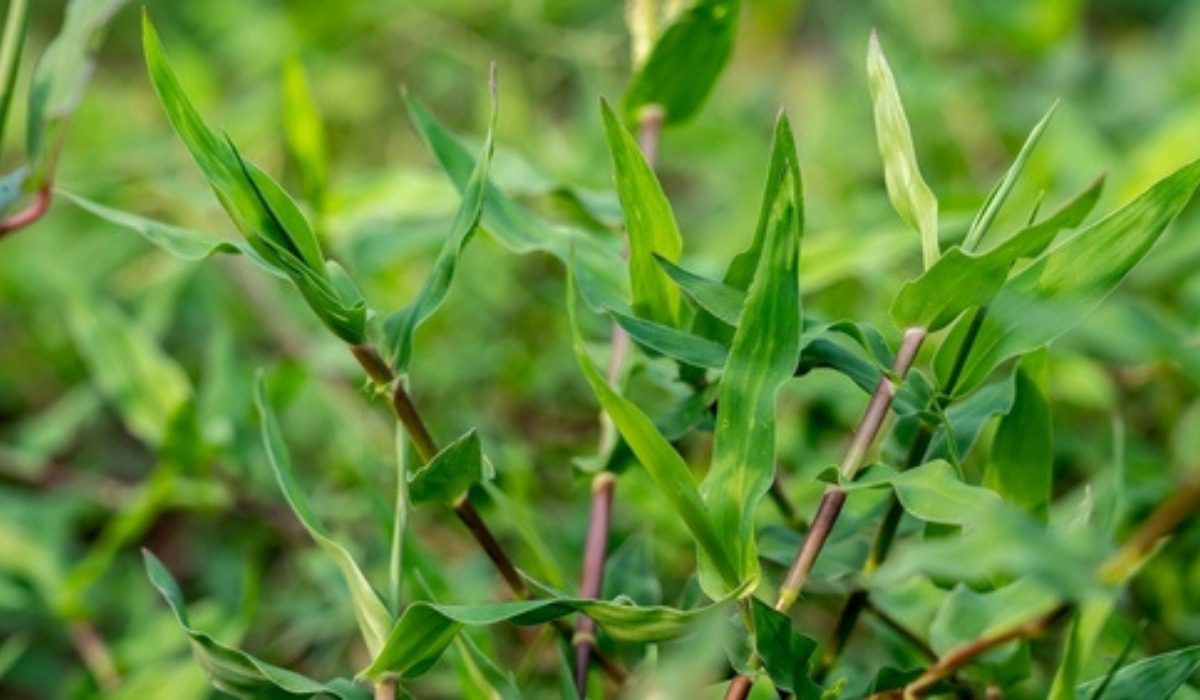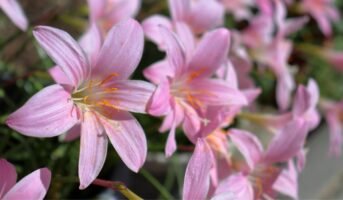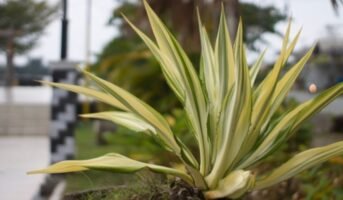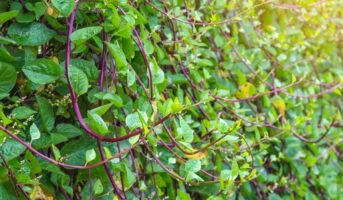Digitaria ciliaris is commonly known as southern crabgrass, tropical finger grass, tropical crabgrass, or summer grass. There are many temperate regions across both hemispheres where Digitaria ciliaris grows, and the plant is known to originate from Asia.
In some countries, including China, Mexico and the United States, this grass is considered an aggressive weed. Most climates consider crabgrass a summer annual, which means it grows for one year, produces seeds, and then dies. Seeds sprout the following year, and the cycle continues.
Digitaria ciliaris: Quick facts
| Botanical Name | Digitaria ciliaris |
| Genus | Digitaria |
| Kingdom | Plantae |
| Clade | Tracheophytes |
| Order | Poales |
| Species | D. ciliaris |
| Family | Poaceae |
| Life Cycle | Perennial |
| Cultivation | Americas |
| Benefits | Produces a large amount of grain |
What is Digitaria Ciliaris?
Digitaria Ciliaris is a species of grass and a tough plant, which is known to have originated in Asia and now grows across the tropical belt and several temperate regions of both hemispheres. The grass is considered an invasive species and an aggressive weed in some countries, like China, Mexico, and the United States. The grass belongs to the Digitaria genus of the Poaceae family which are large monocotyledonous flowering plants.
Digitaria ciliaris: Physical description
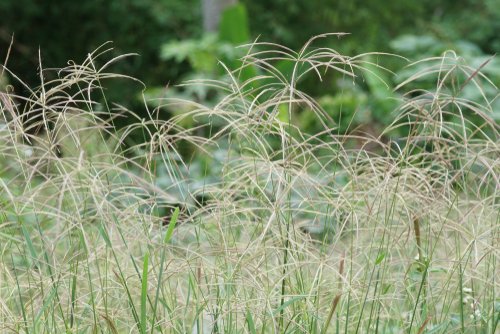
- The Digitaria ciliaris plant is a perennial, herbaceous herb that grows to about 9 inches in height.
- Its leaves are simple and alternate, growing from the base of the plant with long petioles.
- The stems are erect and branched near the top, with small spikes of flowers forming at the tip of each branch.
- The flowers are yellow or orange-red and grow in clusters, which bloom from July through October.
The Digitaria ciliaris plant is native to parts of North America, Mexico and Central America. It was spread by humans as livestock feed and has become widely established as an invasive species in various parts of the world. Crabgrass grows for two years in temperate climates.
See also about: soil
Digitaria ciliaris: Uses
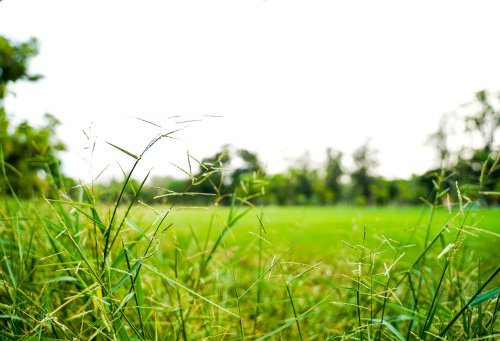
- The grass is highly nutritious before it exhausts itself producing seed.
- It has a relatively high protein content, so it is commonly planted in fields to provide grazing for livestock.
- Crabgrass can survive both heat and drought, produces a great deal of grain, smothers other weeds, and creates its own mulch. It is an ideal candidate for small-scale farming.
Digitaria ciliaris: Impact on environment, human and economy
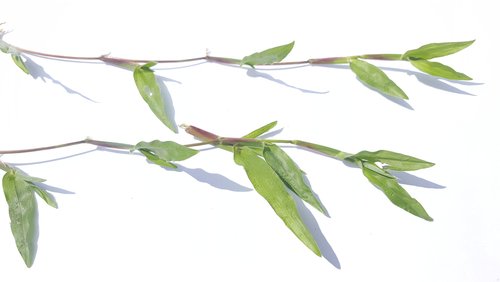
This invasive species has been identified as an environmental threat because it outcompetes native species for resources such as space, water and light. In some areas, it has been known to cause significant damage to trees, shrubs and crops due to their rapid growth rate. Also, Digitaria ciliaris supports the spread of other weeds through seed dispersal.
It also affects human health in several ways, including reducing air quality by blocking sunlight from reaching plants below, transporting potentially harmful bacteria such as E. coli and Salmonella, which cause skin irritation, and increasing the risk of vector-borne diseases such as malaria.
In addition to these environmental impacts and human impacts, Digitaria ciliaris has economic impacts because it can be used as livestock feed or forage for cattle, sheep, goats, deer and bison. The grass is now being grown commercially on large farms across North America, where it can be harvested year-round without any need for replanting or additional fertilisers. It is affecting sugarcane plants in the native countries.
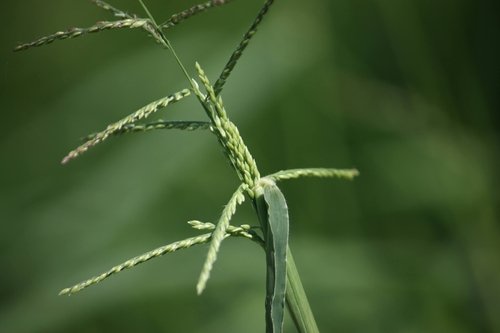
Digitaria ciliaris: Management
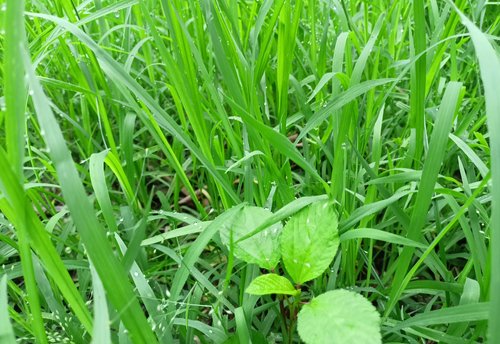
The first step in managing Digitaria ciliaris is to identify the type of chemical you are using. Pesticides and fungicides come in a wide variety of types, so it’s important to understand which one you are using. For example, some pesticides are systemic, meaning they move through the plant and about-competing it. Others act as contact pesticides, killing pests when they come in contact with them. Knowing your options will help you decide which method is best for your particular situation.
Biological control involves releasing a beneficial insect or fungus into the environment to kill weeds.This method can be effective against small-scale infestations but may not work for large-scale outbreaks.
Digitaria ciliaris: Prevention
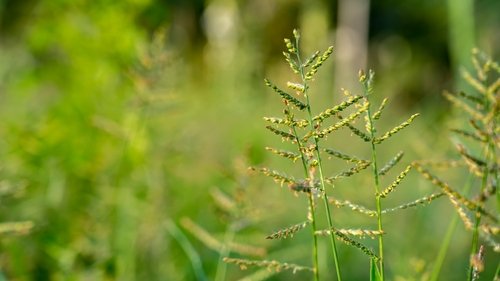
Digitaria ciliaris is a fast-growing, invasive weed. It has been a common problem in the Americas for decades. But it has recently become more problematic on the mainland as well. Digitaria ciliaris can be found at all elevations of mountain regions and is common in disturbed areas, including roadsides, pastures and agricultural fields. In addition to its invasive nature, Digitaria ciliaris poses a threat to native plants by out-competing them for water and nutrients.
To keep your landscape healthy and beautiful. It is important to remove this weed from your property as soon as possible. Fortunately, there are several ways you can manage this problem without using harmful chemicals or pesticides:
- Use a natural organic herbicide like vinegar or ammonia-based products such as organic herbicides. You can also use glyphosate products such as glyphosate or aminopyralid. Both non-selective herbicides kill everything they come into contact with, including Digitaria ciliaris itself
- Herbicide-resistant weeds can be controlled with another type of herbicide called dicamba which works very differently than glyphosate.
FAQs
How is Digitaria ciliaris commonly known?
There are many common names for Digitaria ciliaris, including southern crabgrass, tropical finger grass, tropical crabgrass, and summer grass
How does crabgrass serve its purpose?
Farmers use grass to feed their animals as it is highly nutritious.
Housing News Desk is the news desk of leading online real estate portal, Housing.com. Housing News Desk focuses on a variety of topics such as real estate laws, taxes, current news, property trends, home loans, rentals, décor, green homes, home improvement, etc. The main objective of the news desk, is to cover the real estate sector from the perspective of providing information that is useful to the end-user.
Facebook: https://www.facebook.com/housing.com/
Twitter: https://twitter.com/Housing
Email: [email protected]
